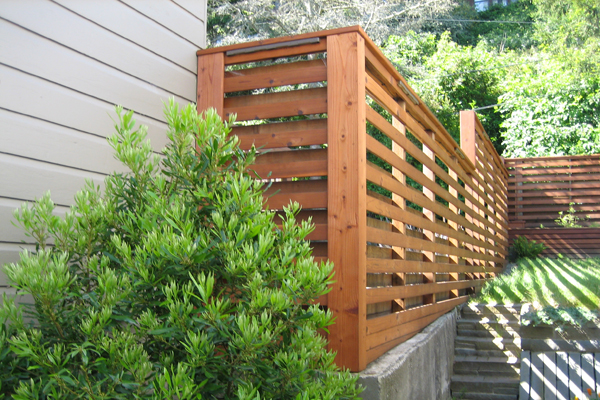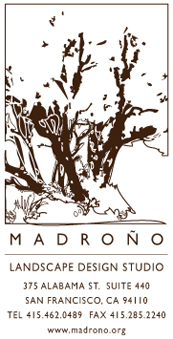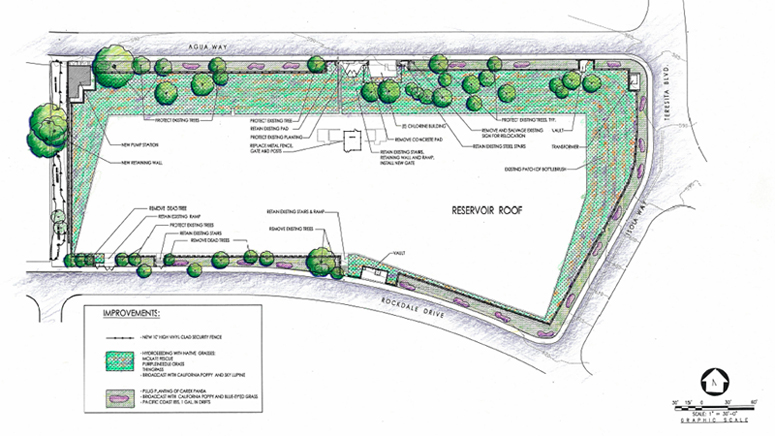
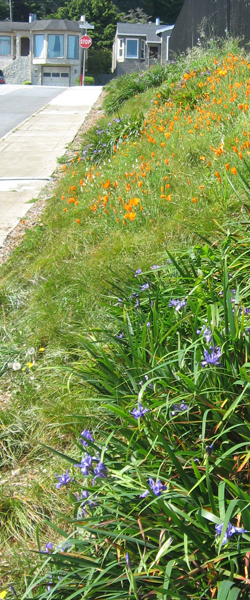
Score a point for the city planners: their new landscaping at the Stanford Heights Reservoir, in the San Francisco neighborhood of Miraloma Park uses locally appropriate native plants in simple bold strokes of panache. The design is a triumph of simplicity.
Here, the design chooses two beautiful species as a foundation for all the plantings adjacent to sidewalks: Carex pansa and Pacific Coast Iris.
The Pacific Dune Sedge (Carex pansa) looks like a meadow grass, and it spreads underground by rhizomes like running bamboo. It grows well in heavy soil (though it prefers sand) and can tolerate sun, drought, and the traffic of dogs.
The iris is gorgeous and locally authentic; Its blue flower and long pointed leaf may be as emblematic of San Francisco as any plant I know.
Together they bind the perimeter of the reservoir with sustainability and beauty. Water-wise, insect-friendly, pleasing to the eye, and mostly self-sufficient -- what more can you ask?
The plan also called for sowing seed of blue-eyed grass (which didn't come up) and California poppy (which did). Count my vote a yawn. Haven't we had enough poppies? So many other local and lovely annual wildflowers to choose from -- anybody for Clarkia? Collinsia? Lasthenia? Limnanthes? Anybody?
Continue reading Native Carex and Iris in Miraloma Park →.
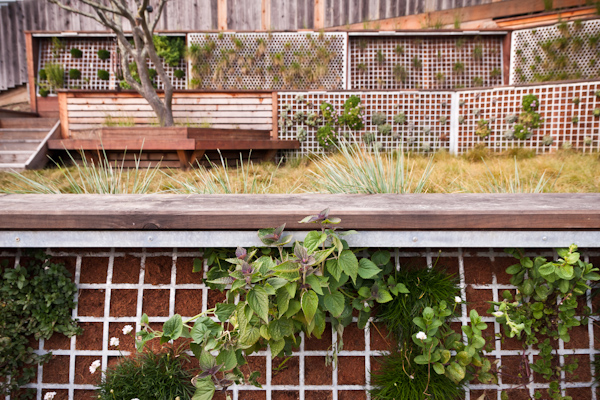 Join Madroño founder and president Geoffrey Coffey for a talk and slide show at the
Brisbane Library on modern gardens using locally appropriate native
plants.
Join Madroño founder and president Geoffrey Coffey for a talk and slide show at the
Brisbane Library on modern gardens using locally appropriate native
plants.